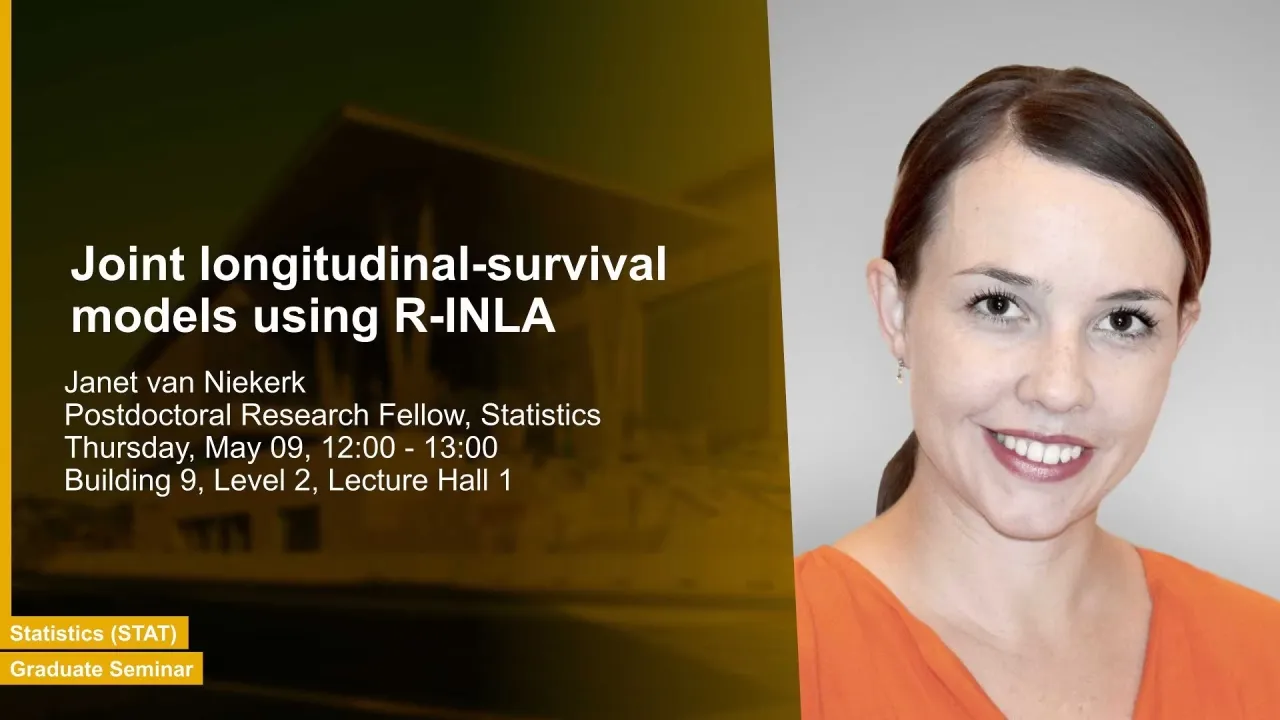
Joint longitudinal-survival models using R-INLA
Joint models have received increasing attention during recent years with extensions into various directions; numerous hazard functions, different association structures, linear and non-linear longitudinal trajectories amongst others. They gained popularity amongst practitioners by the ability to incorporate various data sources. In this talk, we will introduce joint models and provide some conceptual ideas about their use and necessity. Also, we will illustrate how these models can be formulated as Latent Gaussian Models and hence be implemented using R-INLA.
Overview
Abstract
Joint models have received increasing attention during recent years with extensions into various directions; numerous hazard functions, different association structures, linear and non-linear longitudinal trajectories amongst others. They gained popularity amongst practitioners by the ability to incorporate various data sources. In this talk, we will introduce joint models and provide some conceptual ideas about their use and necessity. Also, we will illustrate how these models can be formulated as Latent Gaussian Models and hence be implemented using R-INLA. In particular, we present the partially linear joint model using a stochastic smoothing spline component instead of the usual B-splines or P-splines approach. The stochastic smoothing spline is independent of knots which leads to more robust model components.
Refreshments: Light lunch will be provided
